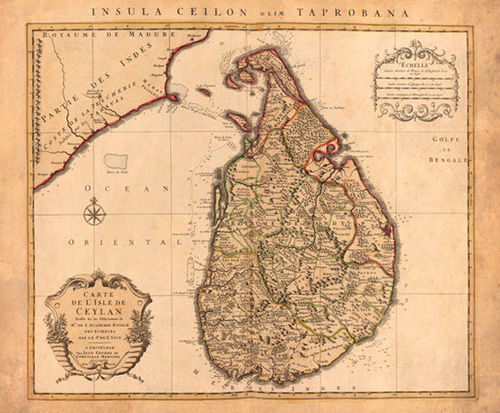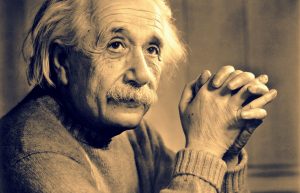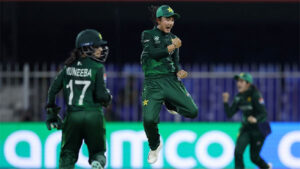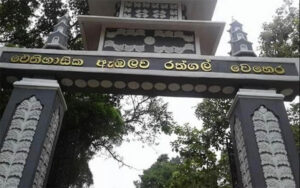
Government
The Democratic Socialist Republic of Sri Lanka is a free, independent and sovereign nation. In 1988, the system was introduced through the Provincial Councils. Legislative power is exercised by universal franchise on a proportional basis.
The executive power of the people and the executive power of the people will be elected by the people.
Location and physical characteristics
Sri Lanka, an island in the Indian Ocean, is located to the south of the Indian subcontinent. It lies between 5 ° 55 ‘and 9 ° 55’ north of the equator, and between the eastern longitudes 79 ° 42 ‘and 81 ° 52’. The total area is approx. 65,610. The region has an amazing variety. Km 445 km long. 225 meters wide and surrounded by beautiful tropical beaches, beautiful vegetation, ancient monuments and endless loveliness.
The geographical features of the island consist of a plateau around the south from a central location to a height of 2,500 m. The coastal belt is cocktail around the island and the sea temperature rarely drops below 27 degrees Celsius.
Weather and seasons
There is an indefinite tropical climate in low-lying areas. The average temperature in Colombo is 27 degrees Fahrenheit [27 ° C] and in the height of about 2000m, it drops to 16 ° C. Bright sunshine is a regular feature daily including the monsoon period. In Sri Lanka, there is no longer a time of unsuitable seasonal plowing.
Southwest monsoon rains are from May to July to the western and southernmost parts of the country, while the Northeast monsoon rains in December and January in the north and east.
Language and religion
Sinhala, Tamil and English are the official languages of Sri Lanka. The Sinhala language of Indo-Aryan origin is the language of majority. It is widely spoken in English and can be understood by many.
Place names and signs in trains and trains are usually in all three languages. Sri Lanka is a country enjoying freedom and religious freedom. Whichever way you go, you can see a Buddhist temple, a temple, a Hindu temple, a Christian church and a mosque with architectural features. When entering sacred shrines, they are consistent with the requirements of dressing so as not to dishonor them.
Contribution of Sri Lanka to the World Heritage: Buddha Dhamma: The sacred foot path to liberation
Buddhism is the leading religion in Sri Lanka. It was officially launched in the country during the festive seperate 3rd of the Fridays of Devanampiyatissa. It was brought to Sri Lanka by Mihindu Maha, the son of Ashoka the High Commissioner in India.
As soon as that new religion was brought to Sri Lanka, the whole country became a Buddhist, and within a few months the new religion was embraced. Sri Lanka has become a fertile soil for nutrition in the country.
Buddhism is a practical way of life consisting of the psychological and philosophical doctrines preached to humanity by Siddhartha Gautama Buddha, who became Buddha as a prince in the 6th century BCE. He was the son of Suddhodana, a provincial ruler of the kingdom of Kapilavastu in central India. On the fifteenth day of May of 623, he was born. His teaching has become a world religion that gives inspiration and guidance to nearly a quarter of the world’s population.
The layman lived for twenty-nine years. The last thirteenth year included Yasodhara’s marriages. Venerable Sahith lived a life of tranquility in the midst of an all-powerful king. Nevertheless, he was worried about human life problems from the very beginning of his life. Therefore, he was not satisfied with his state resources.
He did not want such a happy life. His final analysis of materialism as transient and temporary was that life was grieving. What many people think is a delusion.
In the midst of happiness and prosperity, he realized the global suffering inherent in human life.
As much as the man tries to achieve happiness in this world, everyone is in the throes of suffering. He refused to look for worldly amenities, wearing a charm dress and wearing solitude without money in his homeless place, finding happiness and peace that he seemed to achieve.
At first, he went to the classical lecturers. He was not satisfied with what he was expecting .He was determined to come out with a sense of accomplishment.
Afterwards, he had to do the same for himself. It was confirmed by the fact that he could not achieve it by sore into the body. Nevertheless, he turned the searchlight into the spirit and ultimately achieved his aspiration. That c. On the full moon day of Vesak, 588 BCE, at the foot of the Sri Maha Bodhi in Buddhagaya.
Population
The country’s population is 18.5 million. The bulk of it is Sinhalese (74%). There are ethnic groups (12.6%), Indian Tamils (5.55%), Monarchs (from the Portuguese and Dutch), Burger (7.9%).
Although Sri Lanka is a multi religious country, the majority is Buddhists (69.3%). Other religious groups include Hindu (15.5%), Muslim (7.6%) and Christian (7.5%). Sri Lanka’s literacy rate of 88.6% is the highest in Asia.
Economy
Sri Lanka is mainly an agricultural country. The country is self-sufficient in rice, the main crop. Tea, rubber and coconut are important agricultural crops, with tea being the leading crop of foreign exchange. In addition, other important crops include cocoa and cinnamon, cardamom, nutmeg, pepper and cloves.
Tropical fruits and vegetables in tropical and temperate climates are also common in Sri Lanka. The amount of foreign exchange received by Sri Lankans is very large.
Over the past three decades, tourism has emerged as an important industry. Promotional products in the manufacturing industries also contributed to a wide range of export products, such as petroleum products, leather goods, ready made clothes and electronic equipment.
History
Recent excavations show that in the Neolithic Age there were food gatherers and rice cultivators in Sri Lanka. Very little is known about this phase. Our written history begins with the arrival of the Aryans from North India.
The Aryans introduced iron use and advanced agriculture and irrigation methods. They also introduced the art of governance. Of the Aryan settlements, Anuradhapura became a powerful kingdom under the rule of King Pandukabhaya. According to the traditional history, he is the founder of Anuradhapura.
In the reign of King Devanampiyatissa, a descendant of Pandukabhaya, In 247, Buddhism was introduced by Mihindu Maha, the son of Emperor Asoka of India. This is a very important event in the history of Sri Lanka, since I gave Buddhism to the country’s cultural nobleman. With this new civilization flowering with fruit, Sri Lanka became prosperous and prosperous.
In the mid-2nd century BC, a large part of the north of Sri Lanka was ruled by a South Indian invader. From the beginning of the Era of the Christian era Sri Lanka was ruled continuously until the 4th century by the Lembrant family, which continued to remain a part of the development of irrigation development. King Mahasen, a great king of this generation (3rd century AD), began construction of huge tanks, or irrigation reservoirs. Another great king who built the tanks was Dhatusena. His son Kashyapa, who killed this king, made Sigiriya a royal city and made Sigiriya rock the fort.
As a result of the invasions of South India, the Kingdom of Anuradhapura, Collapsed late in the 10th century. King Vijayabahu I conquered the invaders and made his capital at Polonnaruwa in the 11th century CE Among the great kings of Polonnaruva were Parakramabahu the Great and Nissankamalla kings, who created a number of architectural values and adorned the city.
Invasive invasions occurred from time to time, since the capital was replaced the third and was the main city of Kotte in the western plain area when it invaded the Portuguese in 1505. The Portuguese came to the spice trade. But the Dutch did so in control of the coastal areas until they were in operation until 1656, and the Dutch then invaded it. The Dutch ruled from 1656 to 1796. In 1796 they were expelled and the British took control of it.
At this time, the kingdom of the hill country was the capital of Kandy, while the foreign powers that ruled the rest of the country had repeatedly assaulted and maintained their freedom. When the Kandyan Kingdom came to the British in 1815, they established control over the entire island.
Modern communications, western medical services, English education as well as the plantation industry (first coffee, then tea then rubber and coconut) grew during the British rule. After peaceful constitutional evolution, Sri Lanka gained independence again in 1948. Now a sovereign republic, Sri Lanka is a member of the Commonwealth and the United Nations.





